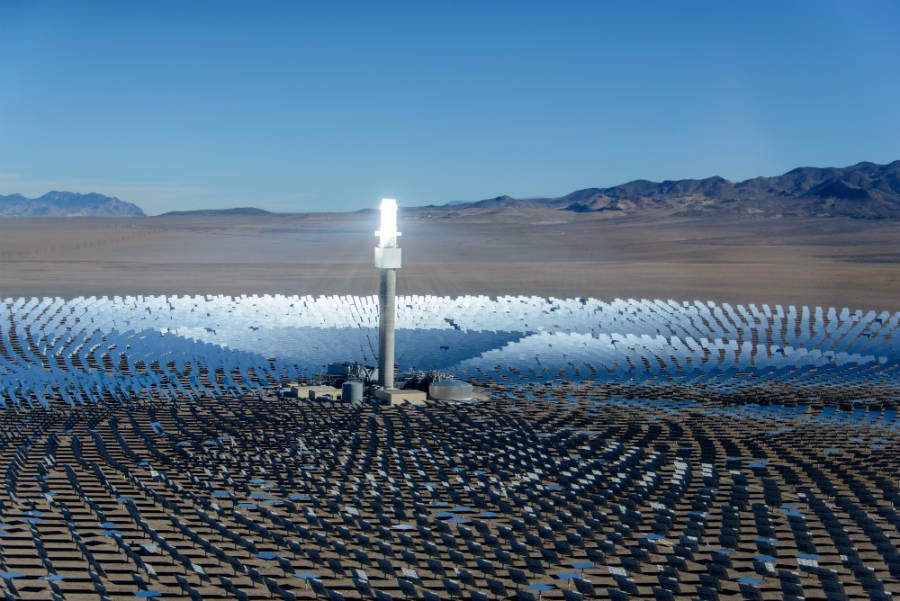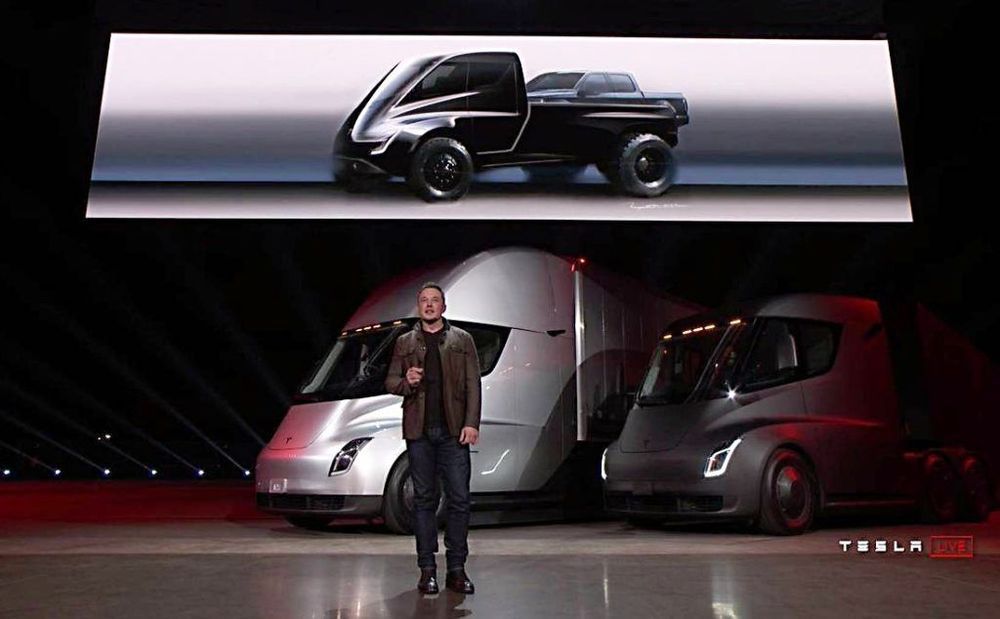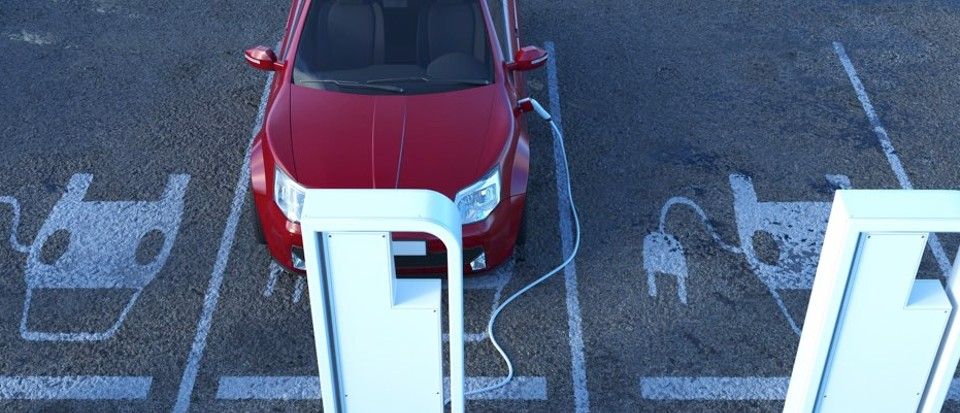Goodbye, bulky A/C units: This film can cool an entire building.
Category: sustainability – Page 554
The beetle that pulls water from thin air
How a tiny beetle could help us harvest water from thin air.
‘World’s cheapest electric car’
Chinese carmaker unveils the ‘world’s cheapest electric car,’ starting at less than $9,000.


An Electric Motor That Works in Any Classic Car
Anyone who’s owned a vintage car can tell you—and boy, will they tell you—how much time, money, and maintenance is required to keep their baby running. And don’t forget the gasoline, garage oil puddles, or tailpipe pollution involved.
A California startup may have the answer: A plug-and-play innovative motor to convert that finicky old gas-guzzler into an electric car. Eric Hutchison and Brock Winberg first gained attention by rescuing a moldering, V-8-powered 1978 Ferrari 308—you may know it as the model that “Magnum: P.I.” drove on TV—and transforming it into an electric marvel. Now, the co-founders of Electric GT have developed a DIY, electric “crate motor” that will let traditional gearheads or EV fans do the same.
“A lot of guys go out for a weekend in a classic car that’s 40 or 50 years old, but they get a ride home with AAA; it ends up being a one-way trip,” Hutchison says. “Here, you’re taking out 95 percent of the maintenance, which is the biggest problem with classic cars. So this is for enthusiasts who love their cars, but want a fun, reliable car that’s good for 100 or 125 miles on a weekend drive.”

The High-Tech Vertical Farmer
In the kale-filled facility at vertical farm startup Bowery Farming, it’s a piece of proprietary software that makes most of the critical decisions — like when to harvest and how much to water each plant. But it still takes humans to carry out many tasks around the farm. Katie Morich, 25, loves the work. But as roboticists make gains, will her employer need her forever? This is the fourth episode of Next Jobs, a series about careers of the future hosted by Bloomberg Technology’s Aki Ito.
Host, Producer: Aki Ito
Camera: Alan Jeffries, Brian Schildhorn
Co-Producer: David Nicholson
Editor: Victoria Daniell
Writers: Aki Ito and Victoria Daniell.

Tesla ‘Cybertruck’ Pickup unveiling event set for November 21 at SpaceX HQ
Elon Musk has revealed the official launch date for Tesla’s “Cyberpunk” Pickup Truck. According to the CEO, the upcoming vehicle would be released on November 21, 2019 at the SpaceX rocket factory in Hawthorne, CA.
Musk’s update formally ends a period of speculations that have long swept the electric car community with regards to the unveiling of the Tesla Pickup Truck. The CEO, after all, has praised the vehicle as one of his personal favorites. Yet, despite this, Tesla has been able to keep details of the Cybertruck secret, with zero sightings or spy shots of the vehicle to date.

Elon Musk says building the first sustainable city on Mars will take 1,000 Starships and 20 years
SpaceX CEO Elon Musk went into a bit more detail about the timelines and vehicle requirements to not only reach Mars, but to set up a sustainable base on the Red Planet that can serve as an actual city, supporting a local population. That’s the long-term vision for Musk and his space technology company, after all — making humans an interplanetary species. The timeline that Musk discussed today, replying to fans on Twitter, might be incredibly impressive or incredibly ambitious, depending on your perspective.
Addressing a question about comments he made earlier this week at the U.S. Air Force startup pitch day event in California, Musk said that his stated launch cost of only around $2 million per Starship flight are essentially required, should the final goal be to set up a “self-sustaining city on Mars.” In order to make that city a reality, he added, SpaceX will need to build and fly around 1,000 Starships according to his estimates, which will need to transport cargo, infrastructure and crew to Mars over the course of around 20 years, since planetary alignment only really allows for a realistically achievable Mars flight once every two years.
Musk addressed more near-term potential for Starship as well, including how much payload capacity Starship will provide for Earth orbital transportation. Starship’s design is intended to maximize re-use, and in fact Musk noted that ideally it can fly up to three times per day. That amounts to more than 1,000 flights per year per Starship, which means that if they end up with as many Starships as they currently have built Falcon rockets (around 100) and those can each transport as much as 100 tons to orbit, then on an annual basis, SpaceX will be able to launch upwards of 10 million tons to orbit per year.
